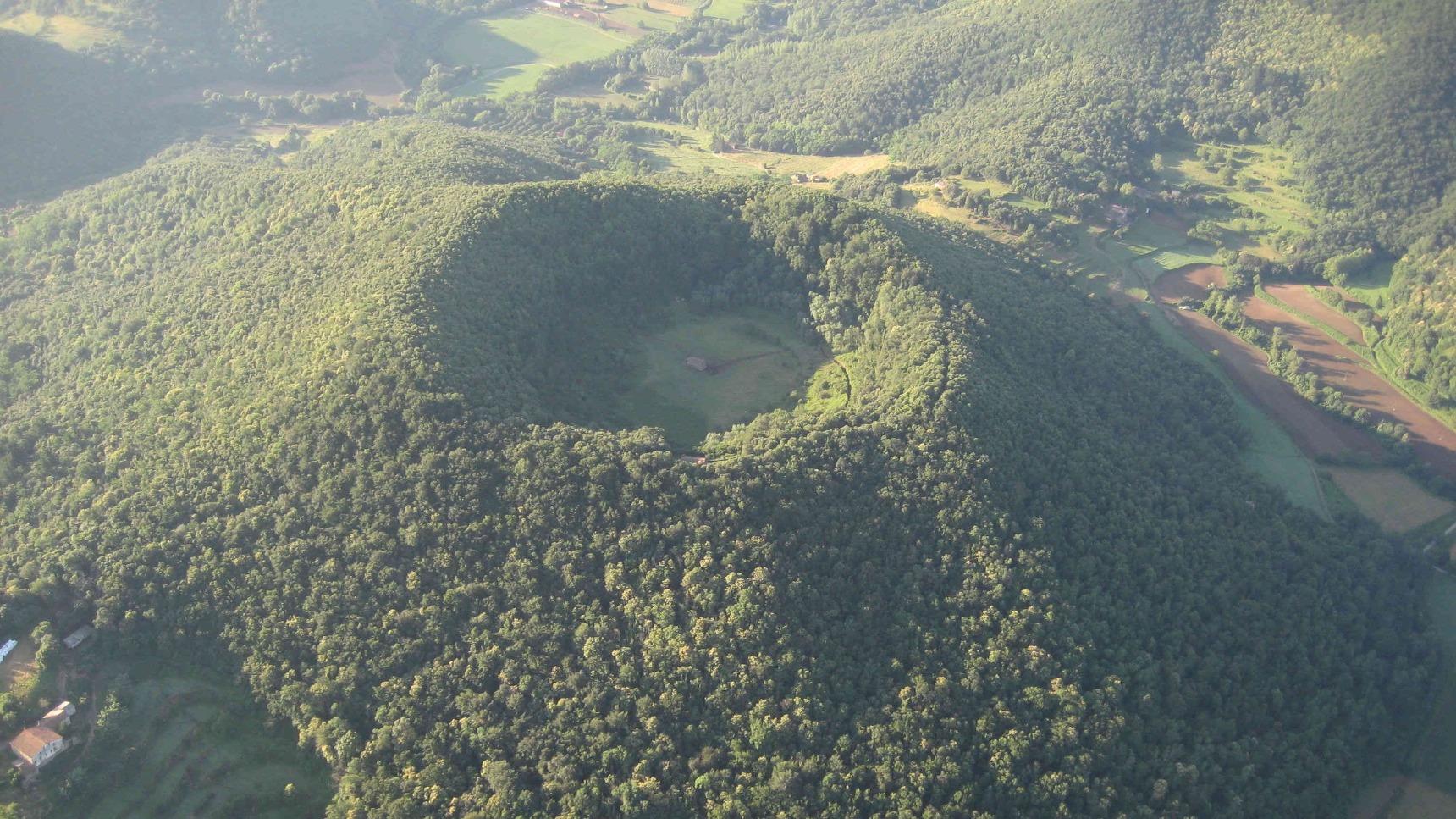Socio-ecological impact of monogenetic volcanism in the La Garrotxa Volcanic Field
The La Garrotxa Volcanic Field is a geological wonder located in the north-east of the Iberian Peninsula. It is a monogenetic volcanic field, meaning that it is made up of individual volcanoes that erupted once and then stopped.
Background
The La Garrotxa Volcanic Field (GVF) is located in the north-east of the Iberian Peninsula, in the province of Girona, Catalonia. It is a monogenetic volcanic field, meaning that it is made up of individual volcanoes that erupted once and then stopped. The GVF is the youngest volcanic field in the Iberian Peninsula, and its eruptions took place between 14,000 and 8,000 years ago.

Socio-ecological impact
The socio-ecological impact of monogenetic volcanism in the GVF has been significant. The eruptions caused widespread damage to the environment, including the destruction of vegetation, the formation of lava flows, and the deposition of ash. These changes had a major impact on the local population of hunter-gatherers. The loss of vegetation would have made it more difficult to find food, and the lava flows would have destroyed their homes and hunting grounds. The ashfall would have also had a negative impact on the environment, making it difficult for plants to grow and for animals to find food.
Conclusion
Despite the negative impact of the eruptions, the local population was able to adapt and survive. They were able to find new sources of food and shelter, and they developed new ways of coping with the environmental changes. The GVF is now a popular tourist destination, and it is a reminder of the resilience of the human spirit in the face of natural disasters.